Preparedness Challenge Week 23
The preparedness challenge this week is to add canned vegetables to your food supply.
Why Are Canned Vegetables a Good Choice for Your Food Supply?
We were recently on vacation in Washington DC and at the mercy of hotel buffets for breakfast and either fast food or expensive restaurants for our other meals. After a few days, I was really craving vegetables. That reminded me that in a crisis, vegetables may be scarce. Canned vegetables can help fill that void.
CANNED VEGETABLES ARE A SURPRISINGLY NUTRITIOUS CHOICE
Canned vegetables are a good option when fresh vegetables are not available. Canned foods are processed shortly after harvest at the peak of their nutritional benefit, and although the processing of canned goods causes them to lose some of their original nutritional value, they are still a healthy choice. Several university studies have concluded that canned vegetables have similar nutritional values as fresh or frozen vegetables.
CANNED VEGETABLES COME OUT ON TOP IN TASTE TESTS
Taste tests show that most people consider canned foods better tasting than their dehydrated counterparts. Canned vegetables often have added salt, but manufacturers are becoming more sensitive to consumers who want to limit extra sodium and other additives, so look for such products.
CANNED VEGETABLES ARE A GOOD VALUE
Canned goods are often less expensive when compared to freeze-dried and dehydrated products. Studies have shown that about 60 percent of commercially canned goods are even cheaper than comparable fresh foods. Canned items are frequently on sale at your local grocery store, and you can save by comparing prices.
Good Reasons to Stock Up on Canned Vegetables

- Familiar to most diets
- Widely available
- Inexpensive
- Ingredient in many side-dish recipes
- Can be eaten without heating
- No water needed to prepare
- Small containers are easy to transport, share, and trade
Disadvantages of Canned Vegetables
- Canned taste may not be as palatable as fresh
- Cans are vulnerable to corrosion
- Cans are susceptible to bursting if they are dropped or fall
- Acids in tomato products can cause cans to deteriorate from the inside out
- Cans require a can opener or pull-tops to open
How Many Canned Vegetables Should You Add to Your Food Storage?
To keep it simple, add six cans of vegetables per family member. Six 15-ounce cans will be enough for about twenty half-cup servings, depending on the size of servings. Increase or decrease the number of cans to suit your family’s needs.
Keep it simple—add six cans of vegetables per person.
What Canned Vegetables Are Best to Store?
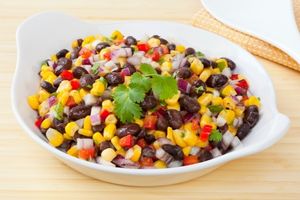
Begin by storing the varieties of canned vegetables that your family likes to eat. Also, try to store a variety so you have different menu options to choose from. The most popular canned vegetable is corn, followed by green beans and tomatoes. Other favorite canned vegetables are:
- Artichoke hearts
- Asparagus
- Beets
- Carrots
- Chickpeas
- Lima beans
- Mushrooms
- Olives
- Peas
- Potatoes
- Pumpkin
What Is the Shelf Life for Canned Goods?
The USDA recommends that for highest quality, you should plan to use high-acid canned tomato products within two years, and low-acid vegetables within two to three years.
But the time canned vegetables can be kept and remain palatable and nutritional can be significantly longer if stored properly. Industry and military research suggests that the emergency shelf life of most canned foods can be up to five years when stored at 70° F or lower.
Throw away any bulging or leaking cans!
Home Can Your Own Vegetables!
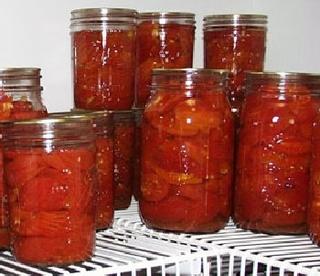
Home-canned foods are often superior in quality to purchased canned foods. You control the quality of the product to be canned as well as the preparation. It’s a great way to preserve home-grown vegetables.
This is a good time of year to plan your garden so that you will have a good supply of vegetables to can in the fall. If home canning is new to you, be assured that it is completely safe if the directions followed are from a reliable source, such as the Ball Complete Book of Home Preserving (2020), the USDA Complete Guide to Home Canning, or a current extension guide.
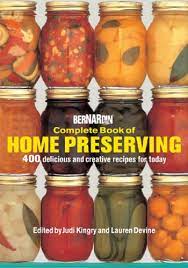
High-acid vegetables such as tomatoes and tomato products can be canned with a water-bath canner. Pressure canning is required for low-acid vegetables such as green beans.
EQUIPMENT NEEDED FOR HOME CANNING
- Water bath canner for high acid foods
- Pressure canner for low acid foods
- Stock pot
- Colander
- Funnels
- Glass jars
- Jar rings
- Lids
- Jar lifter
Food Insurance
It is inevitable that most of us will end up with food in our storage that we don’t use. Canned vegetables may be part of this dilemma. Most of you probably prefer fresh or frozen vegetables over canned ones, and so canned vegetables become a kind of insurance—something you have in case you need it.
Ideally, it’s best to work out a system where you learn which canned goods fit your menu style, and stock those canned foods as much as possible. You might want to periodically inventory your existing food storage and remove those items nearing expiration and donate them to a food bank.
Learn More
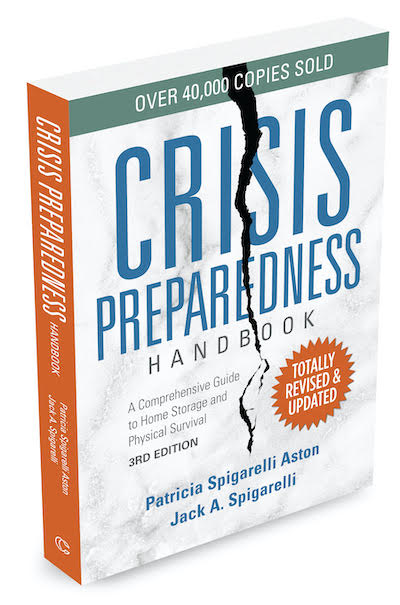
Find out more about storing and preserving foods in Crisis Preparedness Handbook, Third Edition (2020). If you don’t already have a copy, you can find it here on my website CrisisPreparedness.com. Or, read it on Amazon in the Kindle version or hard copy version.
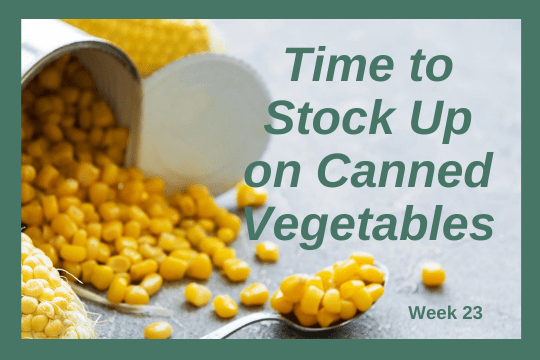


1 thought on “Time to Stock Up on Canned Vegetables!”
The one vegetable that I don’t can myself isn’t on your list. Spinach! That’s one I need to buy. I usually don’t buy enough, so this year I will make it my goal to buy 3 cases for the 2 of us. Thank you for all you are doing to help us prepare!